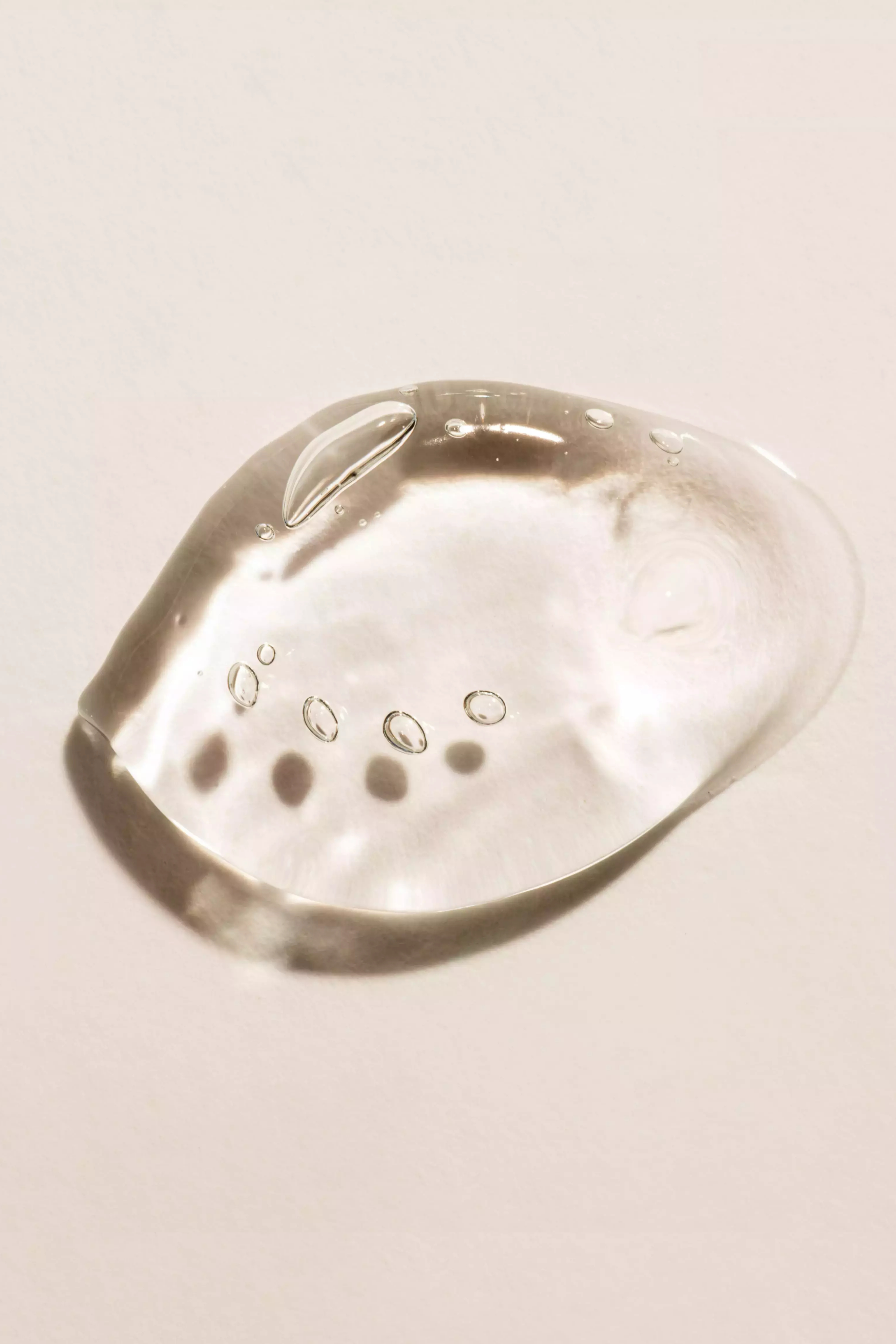In recent years, hyaluronic acid has earned a prominent place in the anti-aging and anti-wrinkle skincare landscape. Hyaluronic acid injections are even offered in cosmetic medicine to restore skin's youthful appearance. But what exactly is it, and how can you use hyaluronic acid in your beauty routine?
What is hyaluronic acid?
A molecule naturally present in skin tissue, hyaluronic acid, along with collagen, forms the skin's support structure. Known for its exceptional moisturizing properties, hyaluronic acid is what is known as a humectant. It attracts moisture to the skin and retains it, thus ensuring the epidermis's hydration level is maintained. Like a sponge, it can retain up to 1,000 times its weight in water! Hyaluronic acid has multiple benefits for the skin: it contributes to its resilience and suppleness, smoothes wrinkles and fine lines, and ensures a fresh complexion. Hyaluronic acid also strengthens the shielding role of the hydrolipidic film and helps it defend itself against external aggressions. The only problem is that our hyaluronic acid reserves diminish over the years.
Why does hyaluronic acid gradually decrease in the skin?
Over time, the skin gradually loses its hyaluronic acid content. The cause? Age and environmental stress. Hyaluronic acid has a very short lifespan, less than 24 hours. Consequently, the body must constantly produce it. However, from the age of 20, the human body's metabolic activity slows down, and so does the natural production of hyaluronic acid. The phenomenon accelerates around the age of 30, and by the age of 50, nearly half of the initial stock has disappeared. It can be said that from the age of 20, our skin loses 10% of its hyaluronic acid content every 10 years.
Environmental stress also accelerates the daily loss of hyaluronic acid from the dermis and epidermis. The pollution of our largely urban lives, the blue light from our cell phone and computer screens, and ultraviolet rays gradually reduce the skin's natural hyaluronic acid reserves.
Hyaluronic acid and skin aging: two sides of the same coin
The decrease in the amount of hyaluronic acid weakens the hydrolipidic film. It then retains water less effectively and dehydrates easily. It becomes more permeable to external aggressions and regenerates less efficiently. Skin tissue also loses its substance. Skin tone deteriorates and wrinkles appear on the face. As you can see, hyaluronic acid has a direct effect on the appearance of signs of skin aging.
The good news is that it is possible to reinject hyaluronic acid into the skin to compensate for its loss and help it age well. Cosmetics containing hyaluronic acid are particularly effective. The lower the molecular weight of hyaluronic acid, the more it penetrates all layers of the skin and the greater its biological activity. High molecular weight hyaluronic acid (greater than 1 MDa) acts on the outside of the skin. It smooths its surface and strengthens cellular cohesion to reduce the appearance of wrinkles. Low molecular weight hyaluronic acid (10-20 kDa) acts from the inside. It provides the skin with a filling effect and stimulates growth factors to thicken the skin and boost cell proliferation.

